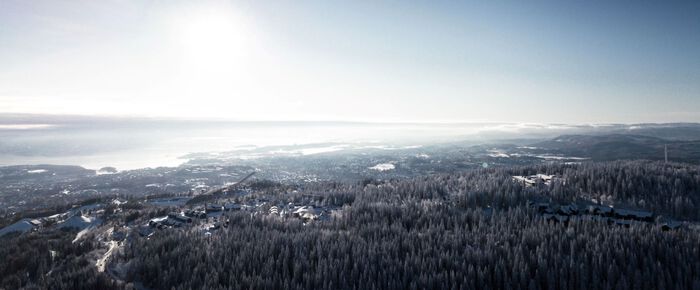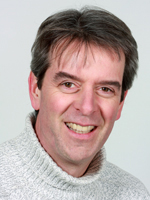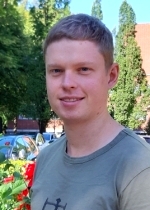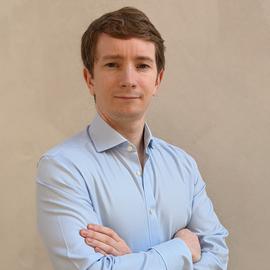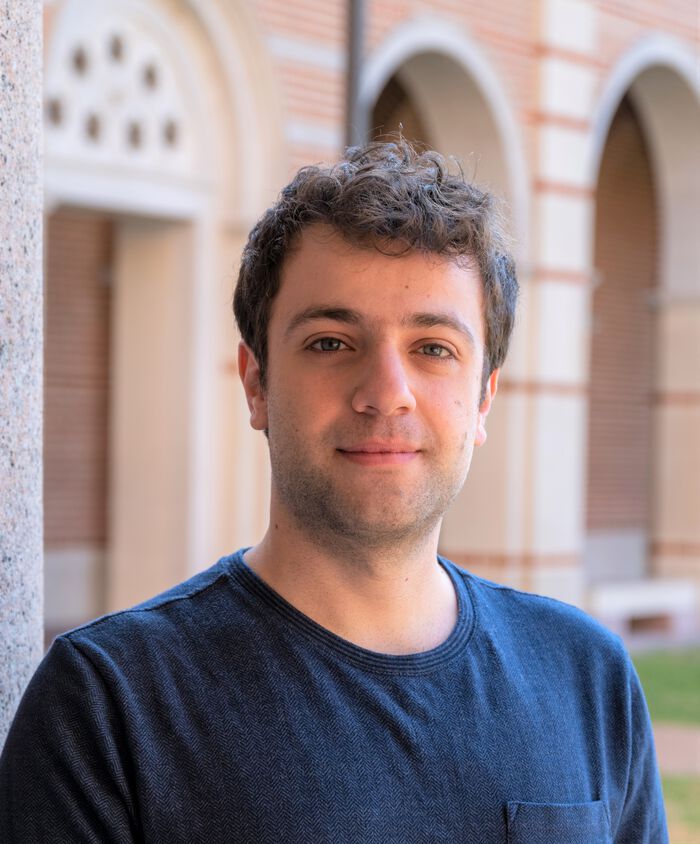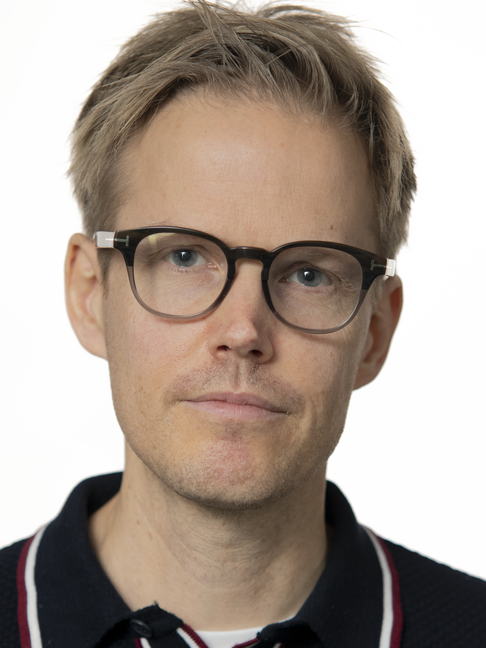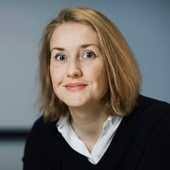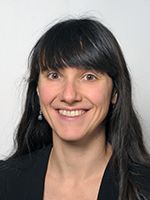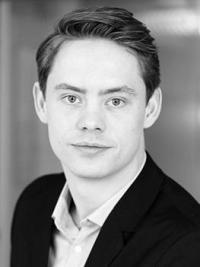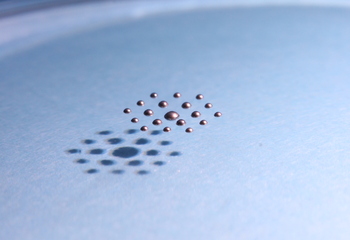Gjesteforelesninger og seminarer - Side 3
In this talk we define a new category of matroids, by working on matroid polytopes and rank preserving weak maps. This lets us introduce the concept of categorical valuativity for functors, which can be seen as a categorification of the ordinary valuativity for matroid invariants.
We also show that this new theory agrees with what we know about valuative polynomials: several known valuative polynomials can be seen as a Hilbert series of some graded vector space and we prove that these graded vector spaces let us define a valuative functor in the new sense.
Lastly, we sketch how to categorify a Theorem by Ardila and Sanchez, which states that the convolution of two valuative invariants (respectively, valuative functors) is again valuative.
This is based on a joint ongoing project with Ben Elias, Dane Miyata and Nicholas Proudfoot.
In this talk we define a new category of matroids, by working on matroid polytopes and rank preserving weak maps. This lets us introduce the concept of categorical valuativity for functors, which can be seen as a categorification of the ordinary valuativity for matroid invariants.
We also show that this new theory agrees with what we know about valuative polynomials: several known valuative polynomials can be seen as a Hilbert series of some graded vector space and we prove that these graded vector spaces let us define a valuative functor in the new sense.
Lastly, we sketch how to categorify a Theorem by Ardila and Sanchez, which states that the convolution of two valuative invariants (respectively, valuative functors) is again valuative.
This is based on a joint ongoing project with Ben Elias, Dane Miyata and Nicholas Proudfoot.
C*-algebra seminar by Ali Miller (Southern University of Denmark)
C*-algebra seminar by Emilie Elkiær (University of Oslo)
Oslo Stability and Enumerative Geometry Workshop 2023
C*-algebra seminar by Gaute Schwartz (University of Oslo)
A peculiarity of nonlinear hyperbolic problems is that they must be interpreted as limits of second-order equations with vanishing viscosity. Despite not explicitly being present in the hyperbolic case, diffusion is needed, e. g., at discontinuities or to avoid the occurrence of nonphysical states. In the case of gas dynamics, for instance, dissipation corresponds to the production of thermodynamic entropy. To solve hyperbolic problems numerically, one needs to adapt these ideas to the discrete setting. Standard high-order methods, however, do not incorporate the appropriate amounts of artificial viscosity because these need to be chosen adaptively based on the solution. Among the high-resolution schemes capable of doing so are the recently proposed monolithic convex limiting (MCL) techniques [1] to be discussed in this talk. They offer a way to enforce physical admissibility, entropy stability, and discrete maximum principles for conservation laws. These methods can also be generalized to systems of balance laws in a well-balanced manner [2]. In addition to second-order finite element methods, extensions to high-order discontinuous Galerkin (DG) schemes shall also be presented [3]. Numerical examples for the so-called KPP problem, the nonconservative shallow water system, and the compressible Euler equations will be shown. An overview of MCL and other property-preserving methods can be found in our recently published book [4].
We prove that (logarithmic, Nygaard completed) prismatic and (logarithmic) syntomic cohomology are representable in the category of logarithmic motives. As an application, we immediately obtain Gysin maps for prismatic and syntomic cohomology, and we precisely identify their cofibers. In the second part of the talk we develop a descent technique that we call saturated descent, inspired by the work of Niziol on log K-theory. Using this, we prove crystalline comparison theorems for log prismatic cohomology, log Segal conjectures and log analogues of the Breuil-Kisin prismatic cohomology, from which we get Gysin maps for the Ainf cohomology.
We combine a pressure correction scheme with interior penalty discontinuous Galerkin (dG) discretisation to solve the time-dependent Navier–Stokes equations. We prove unconditional energy stability and a priori error estimates for the velocity. With duality arguments, optimal L2 error rates are obtained. Convergence of the discrete pressure is also established. Further, we propose a splitting scheme, integrating the pressure correction approach, for the Cahn–Hilliard–Navier–Stokes system The numerical analysis of dG combined with this scheme is discussed. Namely, we show well--posedness, stability, and error estimates. Numerical results with manufactured solutions display our theoretical findings, and a spinodal decomposition example portrays the robustness of our approach.
Traditional quantile estimators are not well-suited for data streams because the memory and computational time increase with the volume of data received from the stream. Incremental quantile estimators refer to a class of methods designed to maintain quantile estimates for data streams. These methods operate by making small updates to the estimate every time a new observation is received from the stream. In this presentation, I will introduce some of the incremental quantile estimators we have developed.
Your brain has its own waterscape: whether you are reading, thinking or sleeping, fluid flows through or around the brain tissue, clearing waste in the process. These biophysical processes are crucial for the well-being and function of the brain. In spite of their importance we understand them but little, and mathematical and computational modelling could play a crucial role in gaining new insight. In this talk, I will give an overview of mathematical, mechanical and numerical approaches to understand mechanisms underlying pulsatility, fluid flow and solute transport in the human brain. Topics include fluid-structure interactions, generalized poroelasticity, mixed finite element discretizations and preconditioning, uncertainty quantification, and optimal control.
C*-algebra seminar by Jordy Timo van Velthoven (University of Vienna)
This is a half-day online workshop on the numerics and theory of conservation laws and fluid equations. Abstracts and Zoom link can be found here.
The Section 4 seminar for the Autumn of 2023 will be held on Mondays at 10:15–12:00 (see the schedule)
The Deep learning seminar will be held on Thursdays at 10:15–12:00. Please register to this mailing list if you would like updates.
Fluid efflux from the brain plays an important role in solute waste clearance. Current experimental approaches provide little spatial information or data collection is limited due to short duration or low frequency of sampling. One approach shows tracer efflux to be independent of molecular size, indicating bulk flow, yet also decelerating like simple membrane diffusion. In an apparent contradiction to this report, other studies point to tracer efflux acceleration following infusions. In this talk, I will share a stylized advection-diffusion model for clearance of waste, which reconciles the apparent contradiction, and discuss methods to validate it with novel MRI data. Being stylized, it is also simple enough to permit a dimensional analysis which indicates that clearance of waste from the brain is governed by three dimensionless quantities including a potential bottle-neck for clearance due to transport across the surface membranes.
Cavitation is a ubiquitous and sometimes destructive, phenomenon. For instance, cavitation bubbles may interrupt water flow in plants or severely damage the surfaces of machines such as pumps and propellers. The so-called tribonucleation of vapor bubbles has been proposed to be responsible for the cracking sound produced by the manipulation of human synovial joints. To study cavitation up close we have developed an experimental setup where a sphere in water abruptly leaves a flat surface starting from a separation of only 10 nm.
Upon upward movement of the spherical surface, a cavitation bubble forms and develops branched fingers through the Saffmann-Taylor instability. Simultaneously, negative liquid pressures in the range of ∼10atm are observed. These large tension values occasionally lead to secondary nucleation events. The bubble sizes satisfy a predicted Familiy-Vicsek scaling law where the bubble area is proportional to the inverse bubble lifetime. The fact that creeping flow cavitation bubbles are more short lived the larger they are separate them from bubbles that are governed by inertial dynamics.
QOMBINE seminar by Satvik Singh (University of Cambridge): The PPT2 conjecture for diagonal unitary covariant map
Self-assembly is the spontaneous generation of order in systems driven by thermal agitation and interactions. At the molecular level, self-assembly plays an important role in the formation of giant com- plex macromolecules, being quite relevant for living systems. At the mesoscopic level, capillary driven self-assembly has been proposed for building structures in the gap between classical bottom-up and top-down fabrication methods, i.e. at the scales in between 10 micrometers and 1 millimeter. Although the method was proposed 20 years ago, only regular or simple structures were achieved so far. Using both experimental and statistical physics ideas, we demonstrate how to exploit subtle capillary interactions to create elaborate complex structures, as well as functional micromachines. On top of that, we show how such mescoscopic systems can be the analogues of many different physical systems such as folding molecules, molecular locks and keys, and crystal formation.

